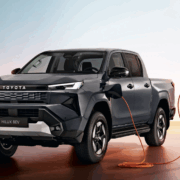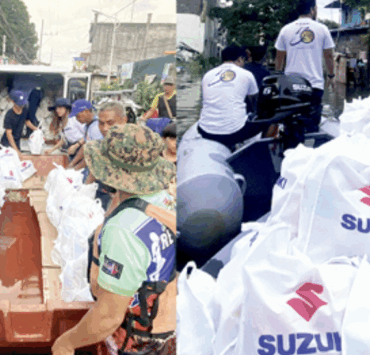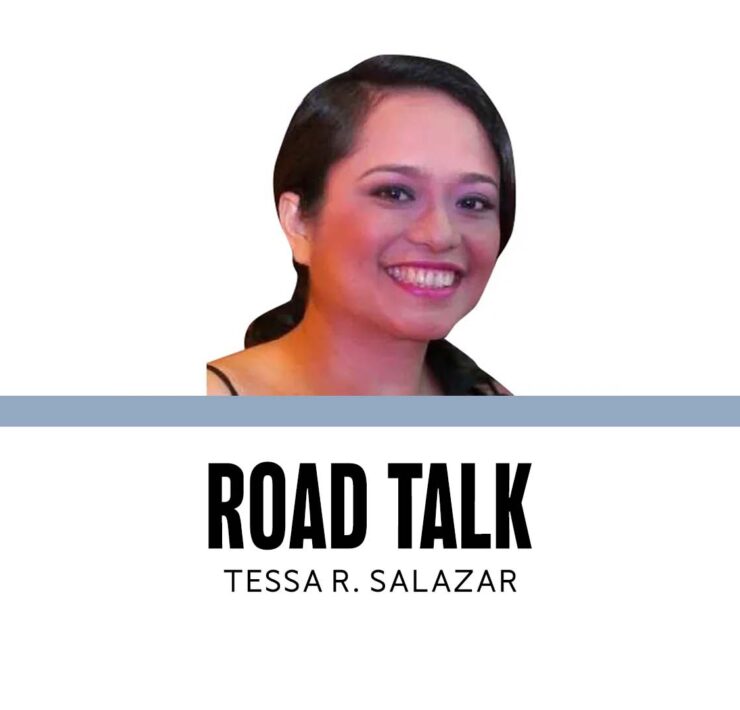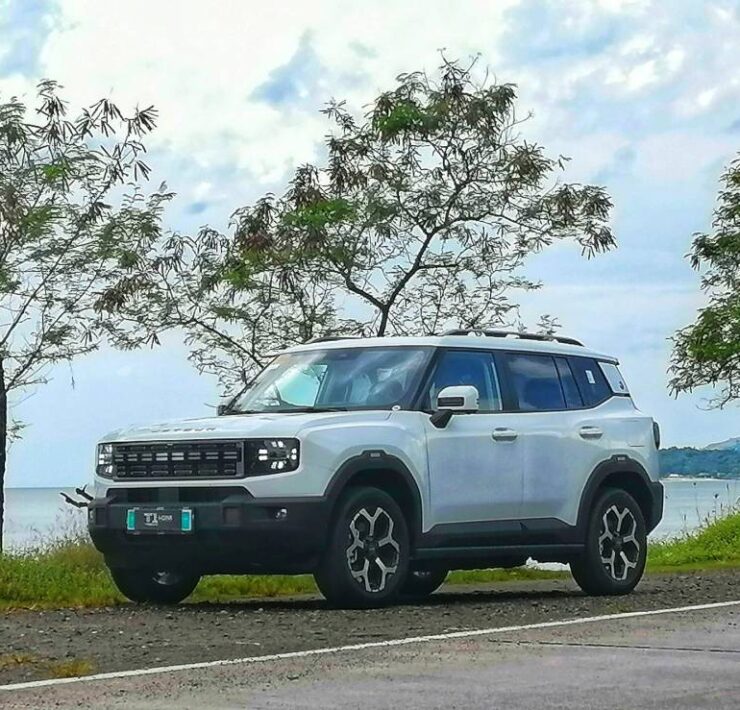Sunday musings on animal rescues

My hope for humanity is restored whenever I read about motorists stopping and picking up helpless animals on the road. They are especially brave for risking their own lives to give an animal another chance in life, and also for being courageous enough to be responsible for a creature that may not have any benefit for them.
I have read about a burly truck driver stop and get down from his rig in the middle of heavy traffic to pick up a tiny, scrawny kitten, an act that promptly drew cheers and applause from other motorists around him. For people like this truck driver, bless you. May your fortunes grow a thousand-fold, so that you may also have enough to give your rescues their best lives. And also so you’ll be able to afford more rescues. The world really needs more of your kind.
As for me, whether I have any money or not, I really can’t help but take in stray cats in my household. I don’t seek them out. They somehow find their way to me. They may be meowing plaintively on top of a wheel of my car after a heavy downpour. I might see them on the hot pavement, weak and barely able to walk in the middle of a hot summer’s day. Or they’d simply walk into my backyard, acting as if they lived there all their lives, and never leave. On more than one occasion, I had been asked by a neighbour or friend to take care of their cats for me because, for one way or another, they were unable to take care of them anymore. So, because of this and many other reasons, I had amassed a good 40 or so cats at one time or another in my house, much to the chagrin of my household who were definitely not cat persons.
But I do make it a point to get these cats fixed (spayed or neutered) so they won’t anymore go forth and multiply, to stop being a nighttime menace on their hellishly noisy mating seasons, and to stop being a threat to native wildlife, primarily to the birds.
But my cat family is a mere drop in this ocean of strays in this country. An estimated 12 million strays roamed the streets and highways, according to the Philippine Animal Welfare Society in 2022. That number has gone up, as I heard animal rescue group Pawssion Project founder Malou Perez inform us, during a recent visit to her shelter with a group from Mazda Philippines, that there are now an estimated 15 million strays.
I can’t emphasize enough how important it is that, for these strays to get a shot at having their own “furever homes,” we humans must make space for them in our hearts, not just in our homes. What I really mean here is, when you and your family want to have a “pet” in your lives, look for him or her in the shelters, not with the breeders. If these creatures don’t get adopted, they would most likely be put down (Fortunately, Pawssion Project is a no-kill shelter).
When they say breeders are making a killing off their businesses, I see that quite literally. The more we buy from breeders, the more animals in government pounds and shelters will die lonely, afraid, unnoticed. We will never realize just how much love and trust the scarred ones can give us.
It’s heartening to see business entities like Honda and Mazda making genuine efforts to bring the plight of stray animals into the mainstream. We need a lot more of these noble efforts from other corporate entities, not just in the automotive industry.
Just last Friday, I volunteered to help another stray animal rescue group, The Cat House, relocate their 300 or so animals from their current site in General Trias in Cavite, to their new home in Amadeo, 15 km away. It was a big undertaking, with many other volunteers using their own vehicles—mostly pick-ups—to bring cages, tables, furniture, appliances, and the fidgety rescues.
I brought an Isuzu D-Max 3.0 4×2 (LS-A automatic transmission), which were loaded with two sets of steel-framed, bowl-shaped cat seats that were really heavy and occupied nearly the entire pickup bed, a big kennel, and other items.
Contrary to its name, The Cat House also takes in non-feline rescues. They have a family of pigs (Mrs. Lala, Gummy, Nabi and Buchi), a number of goats, a chicken named Cookie, a horse named Senior Cerio, and a full-grown carabao named Lola Batik.
I helped coax Nabi and Buchi from their original shelter to a “transition” shelter with Senior Cerio and Lola Batik just across the Cat House, where they would wait for a larger, more suitable transport to take them to Amadeo.
My drive with the D-Max last Friday thus adds to a long list of various adventures I have made with Isuzu-branded light commercial vehicles, including a drive to Cagayan Valley some 20 years ago.
The D-Max has often been my go-to vehicle whenever out-of-town trips are concerned, either as a group with teams from IPC, or with my small group of animal activists.
Although one cannot load a big animal like a horse or carabao at the bed of a pick-up, one can comfortably transport smaller animals like dogs and cats. But mind you, since a pick-up bed is open, an animal transported there must be properly sheltered from the heat and rain. In my case, I almost always transport rescues at night when I use the pick-up, so there’s less heat.
The D-Max is also quite fuel-efficient. I remember, some time in 2022, when some D-Max owners made a fuel run on a full tank. They were able to squeeze out over 1,500 km, averaging 20.58 km per liter.
Finally, I’d like to conclude this Sunday’s piece by asking pick-up and van owners out there who may have the spare time, and spare space in their hearts, to help The Cat House relocate. From what I’ve seen last Friday, a lot of things still need to be transported. And then, after that, the Cat House would still need a lot of support. You can check out The Cat House Facebook page for details, and to message them.




















